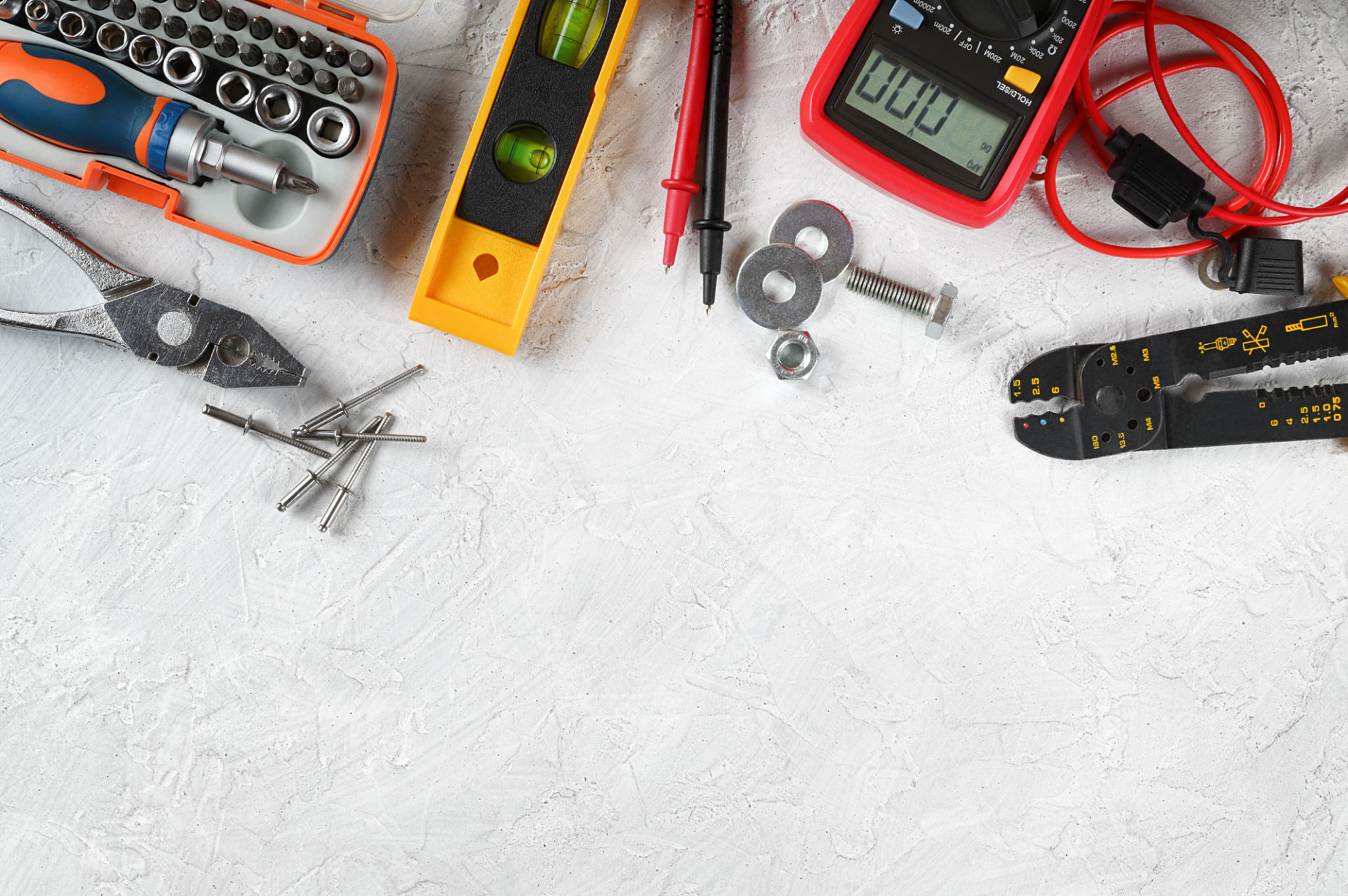How to Safely Remove Abandoned Wires and Cables in Your Home
Understanding the Risks of Abandoned Wires and Cables
Abandoned wires and cables can pose several risks in your home, including electrical hazards and tripping dangers. These unused cables might have been left during previous renovations or after the installation of new devices. Identifying and safely removing these cables can help maintain a safer environment.

Identifying Abandoned Cables
The first step in removing abandoned wires is identifying which cables are no longer in use. Consider checking areas where multiple devices are connected, such as entertainment centers, offices, or basements. Look for cables that are not connected to any device or outlet. Ensure that you are aware of the function of each cable before proceeding with removal.
Using Tools for Identification
Tools such as cable testers can be useful in identifying live wires and distinguishing them from inactive ones. These testers can help you avoid accidentally disconnecting active cables. If you're uncertain, it may be beneficial to consult with a professional electrician for assistance.
Preparing for Cable Removal
Before you begin the removal process, ensure that the power supply is turned off to prevent any electrical accidents. Use a voltage tester to confirm that there is no current running through the wires. Gather necessary tools such as pliers, wire cutters, and electrical tape to facilitate the removal process.

Organizing Your Workspace
Ensure your workspace is well-lit and free from obstructions. Having a clear area allows you to move freely and work safely. Keep your tools within reach and dispose of any debris immediately to maintain order and safety.
Step-by-Step Cable Removal Process
- Turn Off Power: Always start by turning off the electricity at the circuit breaker for the area you are working in.
- Test for Live Wires: Use a voltage tester to ensure there is no current running through the wires.
- Disconnect Cables: Carefully disconnect the cables from devices and outlets. Use wire cutters to remove any zip ties or fasteners holding them in place.
- Remove Cables: Gently pull out the disconnected cables, avoiding any sharp bends or kinks.
- Seal Exposed Ends: Use electrical tape to cover any exposed wire ends to prevent accidental contact.
Disposing of Cables Responsibly
Once removed, it is important to dispose of cables responsibly. Consider recycling the wires at a local recycling center that accepts electronic waste. Many centers have specific guidelines for disposing of electrical components safely.

Environmental Considerations
Cables often contain materials that can be harmful to the environment if not disposed of properly. Recycling not only helps reduce waste but also ensures that these materials are handled in an environmentally friendly manner.
When to Call a Professional
If you are unsure about any part of the process or if the cables are part of a larger electrical system, it may be wise to call a professional electrician. They have the experience and tools necessary to safely handle complex wiring systems, reducing the risk of injury or damage.
By following these steps, you can safely and effectively remove abandoned wires and cables from your home, enhancing both safety and organization in your living space.
